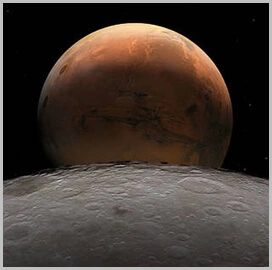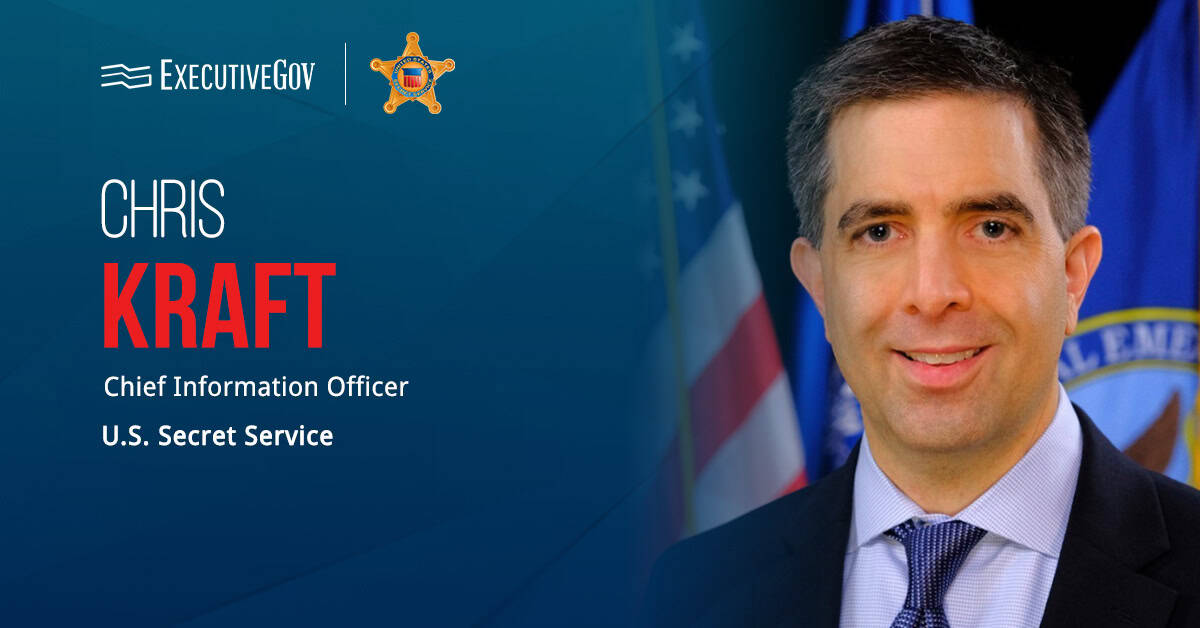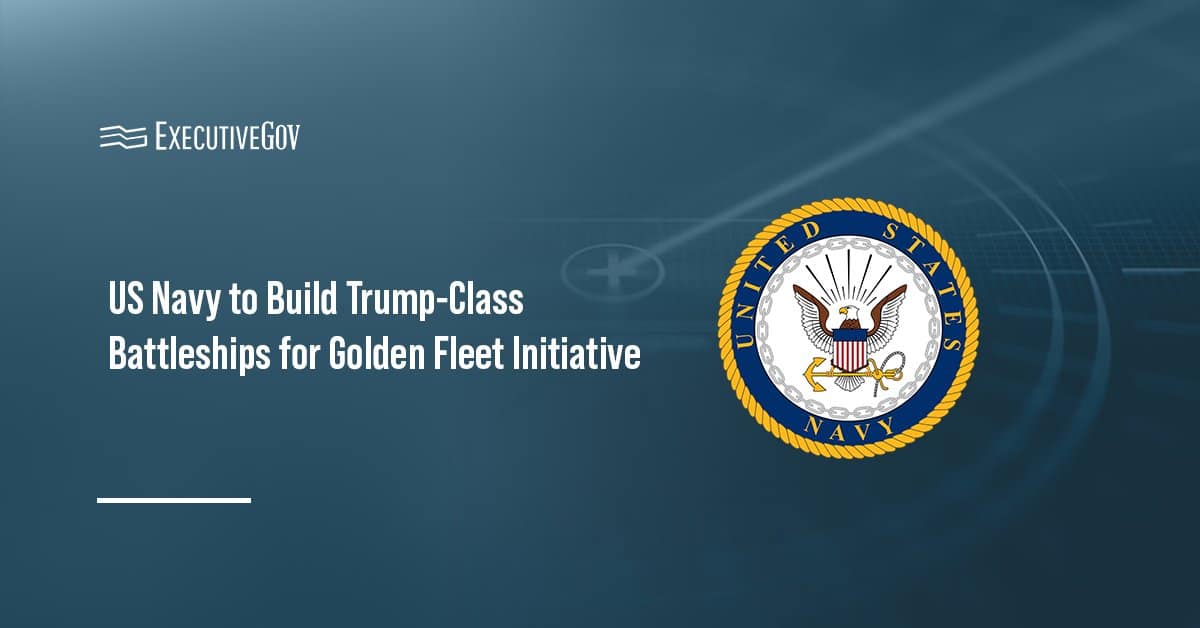NASA has selected 24 projects from 21 organizations to receive cooperative agreement notices for dual-use technology development to advance new technologies designed to support future exploration missions to the moon and Mars.
The selected projects include efforts to use lunar regolith for construction on the lunar surface and use smartphone video guidance sensors to navigate autonomous systems on the International Space Station, NASA said Thursday.
“Products from these cooperative agreements support the closure of identified technology gaps and enable the development of components and systems for NASA’s Moon to Mars architecture,” said Daniel O’Neil, manager of the Technology Development Dual-Use CAN Program.
The awardees will secure grants totaling nearly $1.5 million and receive assistance from space transportation and propulsion experts at NASA’s Marshall Space Flight Center in Alabama.





